
Malaysia. The real Asia. Or so one song sings about it. And I fully agree. It may be a Muslim country, but you will encounter different religions. Everything is allowed. And that’s exactly what Kuala Lumpur is. You will find tall skyscrapers, hypermodern hotels or ancient buildings. Outside the city, you’ll find tranquil spiritual caves and a Formula One circuit. Most importantly, there’s a great mix of peoples living here. A clash of religions. It’s a crazy place where the glamour of yesteryear meets technological progress.

It’s also a place that doesn’t drink much. You know that. 🙂 We’re still in a Muslim country after all. I’ve been here a few times on New Year’s Eve. You’ll find lots of people on the streets on the last day of the year. Of course they don’t hold a bottle of alcohol in their hand, but most of them have a pipe. And they’re honking. And quite loudly! 🙂 There weren’t even any fireworks this year. In solidarity with countries at war. I understand that and I support it. There are other ways to celebrate. But there’s still a lot of noise from the honking. A lot of people came to see the Merdeka Square light show.

I love the atmosphere of this cosmopolitan city, where the neon lights are on at night, but during the day the streets are filled with endless traffic. It’s safe to say, with exaggeration, that I feel like I’m in New York at times. That’s because of the high-end hotels. I’m staying in one of them for a while. If you book in advance, you can get a room at a great rate. From my room, I can even see the two towers for a moment. They’re often called the twin towers. They’re the Petronas Twin Towers, which for a time were the tallest buildings in the world. But they didn’t last long because people everywhere are obsessed with building the tallest, longest and biggest. But it doesn’t matter, because it doesn’t take away from the beauty.

CHINATOWN
Kuala Lumpur’s Chinatown is one of the most colourful and vibrant areas of Kuala Lumpur. Here you will find a hub of food, accessories, clothing and everything a tourist could wish for. This place is simply a paradise for people who enjoy browsing the shops and especially for foodies.

The Chinese could afford to build lavish townhouses here thanks to their merchant’s telent. Today, they’ve fallen into disrepair, but that doesn’t detract from their beauty. At the entrance there is almost always a small altar with incense sticks to dispel negative energy. As well as plenty of shops, you’ll find stunning Buddhist temples, art galleries, traditional eateries and cafes.

Chinatown is also called “Chee Cheong Kai” (translated as “Starch Factory Street“). The factory was once opened on the street by a Chinese man to save his countrymen. During the Civil War, he abandoned the mills he worked in. All along the street are rows of stalls selling counterfeit branded goods. Kuala Lumpur’s Chinatown is still bright and shining after sunset, a space that never sleeps.

KWAI CHAI HONG – LITTLE ALLEY OF DEMONS
Take a trip back in time with me. This relatively small alley is located in the Chinatown area of Kuala Lumpur. The name says something. Translated, it’s called “Ghost Alley” or “Little Demon Alley“. One theory is that migrant workers from China who settled here used the colloquial slang “kwai chai” (ghost children or little demon) to refer to the mischievous children running around Lorong Panggung. Another theory is that it was this area full of gamblers, drug addicts, drunks and vice that led to its nickname. To make matters worse, another theory claims that Lorong Panggung was the hideout of the “Dragon Tiger” clan. Their boss was called “Little Ghost“. Who knows which theory is correct.


Five local artists worked on the project – Khek Shin Nam, Chan Kok Sing, Chok Fook Yong, Chew Weng Yeow and Wong Leck Min. They all have different artistic styles that end up complementing each other very well!
Yes I admit, it’s a big tourist attraction. It’s exactly the kind of place that lends itself to Instagram. 🙂 That doesn’t mean it’s bad though, right? 🙂 You’ll find beautiful murals here. The Kwai Chai Hong project includes 10 restored shops.

Visitors are greeted at the entrance by an arch with Mandarin characters “Kwai Chai Hong”, written by a famous Chinese calligrapher. And it’s all so fancy. It combines old Asia with the modern. Visitors can use their smartphones to scan the QR codes on the walls. To make the experience truly unique, the voice clips are narrated by professional voice artists who have recorded various dramatic programmes for radio.

A red bridge suitable for wheelchair users leads to a hidden alley. It is made from recycled wood from a sheltered workshop during restoration work. The site where the arch and bridge stand was formerly occupied by Ho Kow Hainan Kopitiam, a cafe founded in 1956. It’s no more but you’ll find it relocated to a nearby shop just down the street.
LOVERS

But what I like best are the very nice murals depicting the daily activities of the early Chinese settlers in the area during the 1960s. Each mural seems to show a different story. The project tries to entice all generations. Young people to experience what came before. And for the elderly, it should be a place they return to for nostalgic reasons.
PLAYING CHILDREN
Another mural is a look at how children played in the 1960s. Wasn’t it fun, just playing marbles?


LADY OF THE NIGHT
The painting depicting the “Lady of the Night” is remarkable. Prostitution was big business in Kuala Lumpur’s Chinatown in the 1960s. The painting can be found on the back of the Baijiu Bar building. That’s why there are blue tables outside for customers to use when they enjoy a beer or cocktail. Notice that he is holding a real red chiffon scarf. This is one of several murals that are interactive.Notable is the painting depicting the “lady of the night”.

CALIGRAPHERS
Among the hilarious drawings are undoubtedly those by Chinese calligraphers who helped write the settlers’ letters home. Many immigrants living in Chinatown were illiterate and sought the help of a calligrapher to write home to their loved ones in China. They sent letters to their families telling of the wealth they had earned. Calligraphers also wrote love letters that settlers sent to girlfriends and wives.

The small wooden bench allows visitors to become part of the artwork, which is fun.
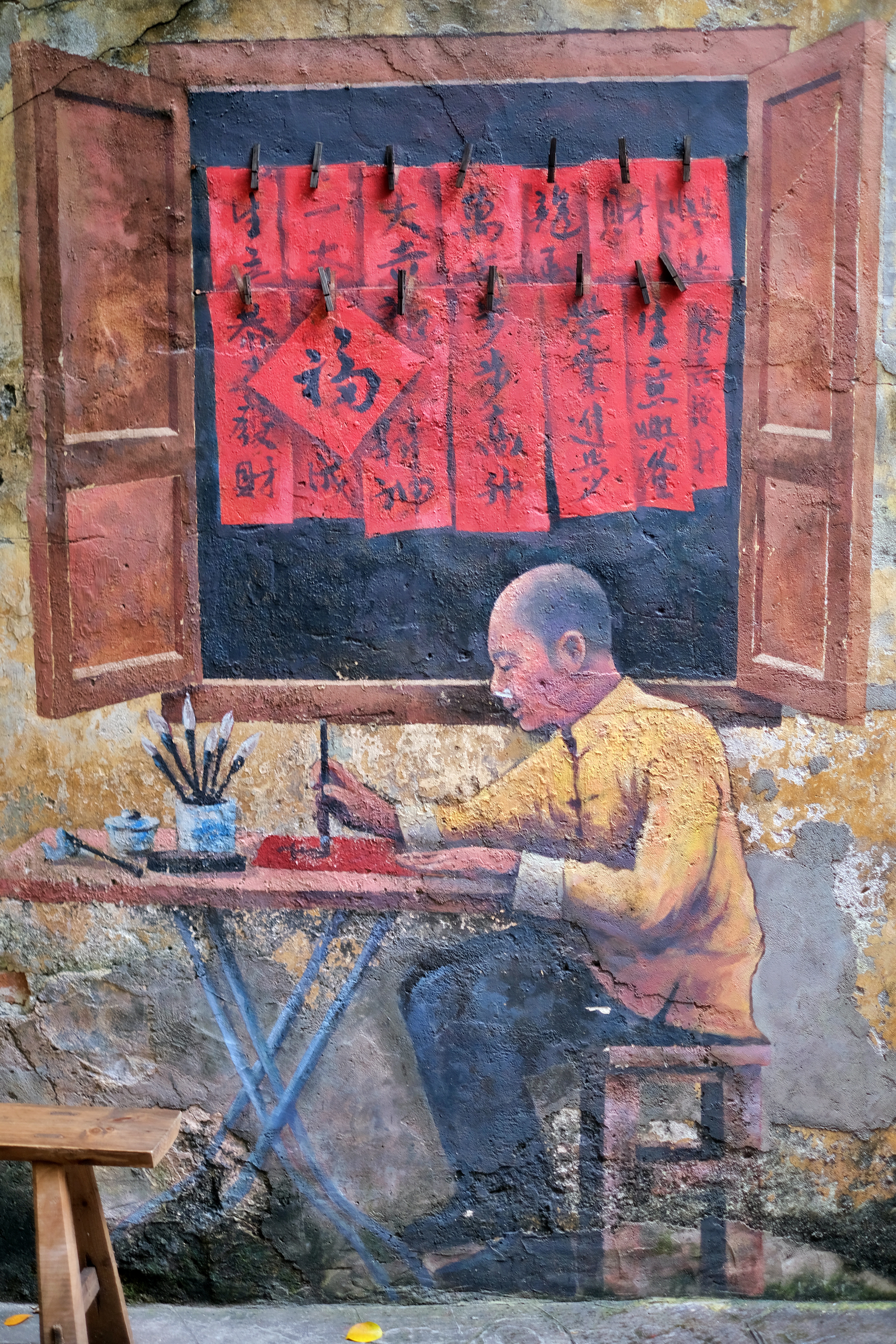
The largest and most intricate mural in Kwai Chai Hong is at the end of the alley. It depicts everyday life in Chinatown. You’ll find ladies washing or children playing. Of course, the barbers cutting hair in the open belong to this atmosphere. There are even details such as wooden blinds with painted advertisements.




I really like the picture of the landlady. It’s so funny, like the famous scene from Kungfu Hustle.
A hanging basket is a great idea. It is supposed to remind us of businesses where goods were carried from the first floor to the customers by means of baskets and pulleys.Another nice painting painted by the exposed masonry is one depicting an old man playing the erhu. The erhu is a traditional Chinese stringed instrument with only two strings.

How to find Kwai Chai Hong Street in Chinatown? Remember that the best time to visit is before 10am, before the crowds start to arrive. Opening hours are daily from 9am to 6pm. It’s best to follow these geographical coordinates: 3.141525, 101.697596. If you use the MRT, it’s a 5-minute walk from Pasar Seni. But if you take the monorail, it’s a 10-minute walk after getting off at Maharajalela station.
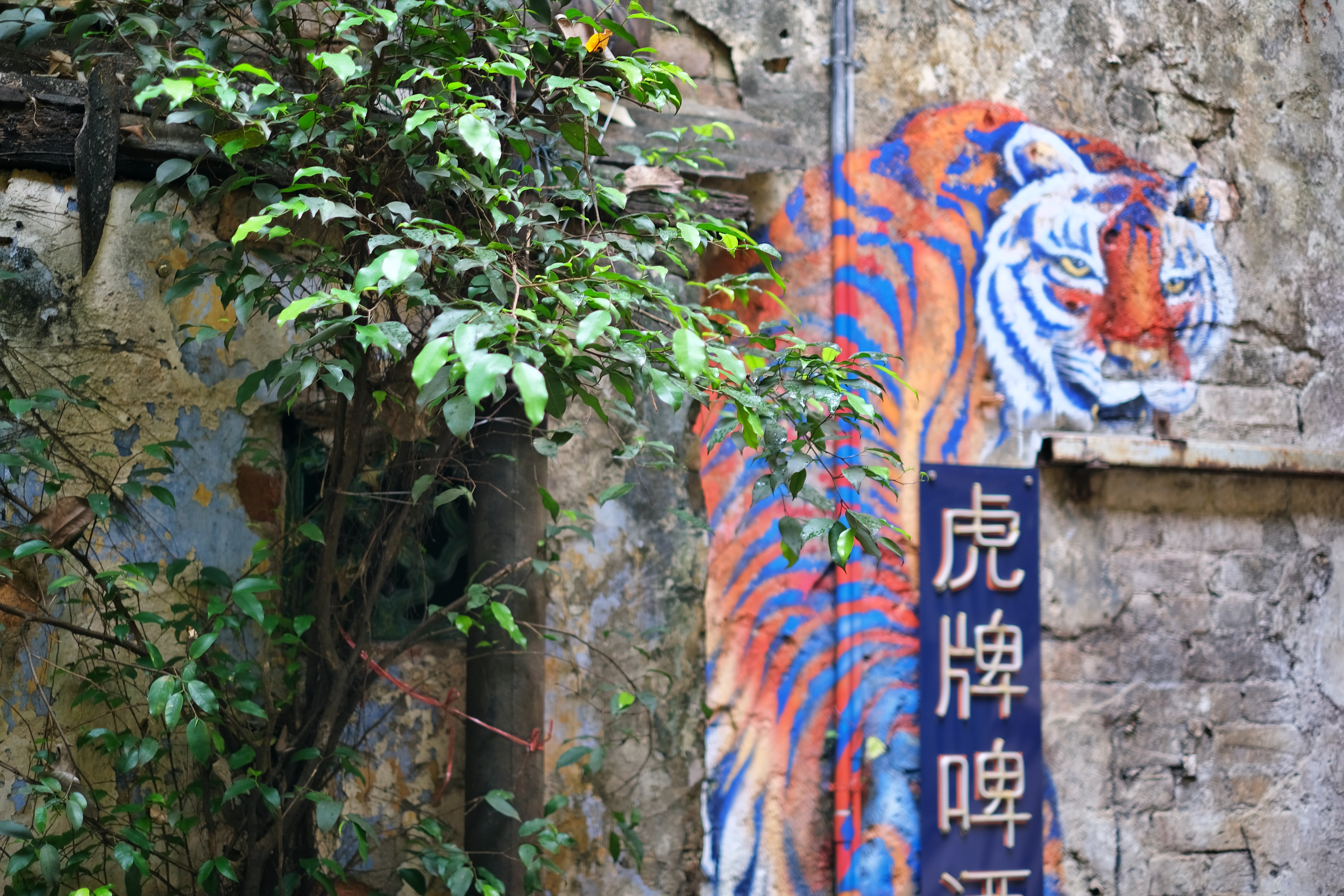

JALAN PETALING
When you’ve had your fill of this beautifully painted alley, go for a bite to eat. I think one of the most interesting parts of Kuala Lumpur is around Jalan Petaling. A bunch of enthusiastic Malaysian entrepreneurs are bringing new life to one of the oldest parts of the city.

MINGLE CAFÉ CAKERY
One such treasure is the patisserie at the Mingle Café. The façade is framed by greenery that seems to grow out of the building itself, as if a mischievous beard were growing out of the building’s aged chin. The old shop is full of memorabilia, and upcycled furniture (i.e. created from waste material) fits the setting perfectly.
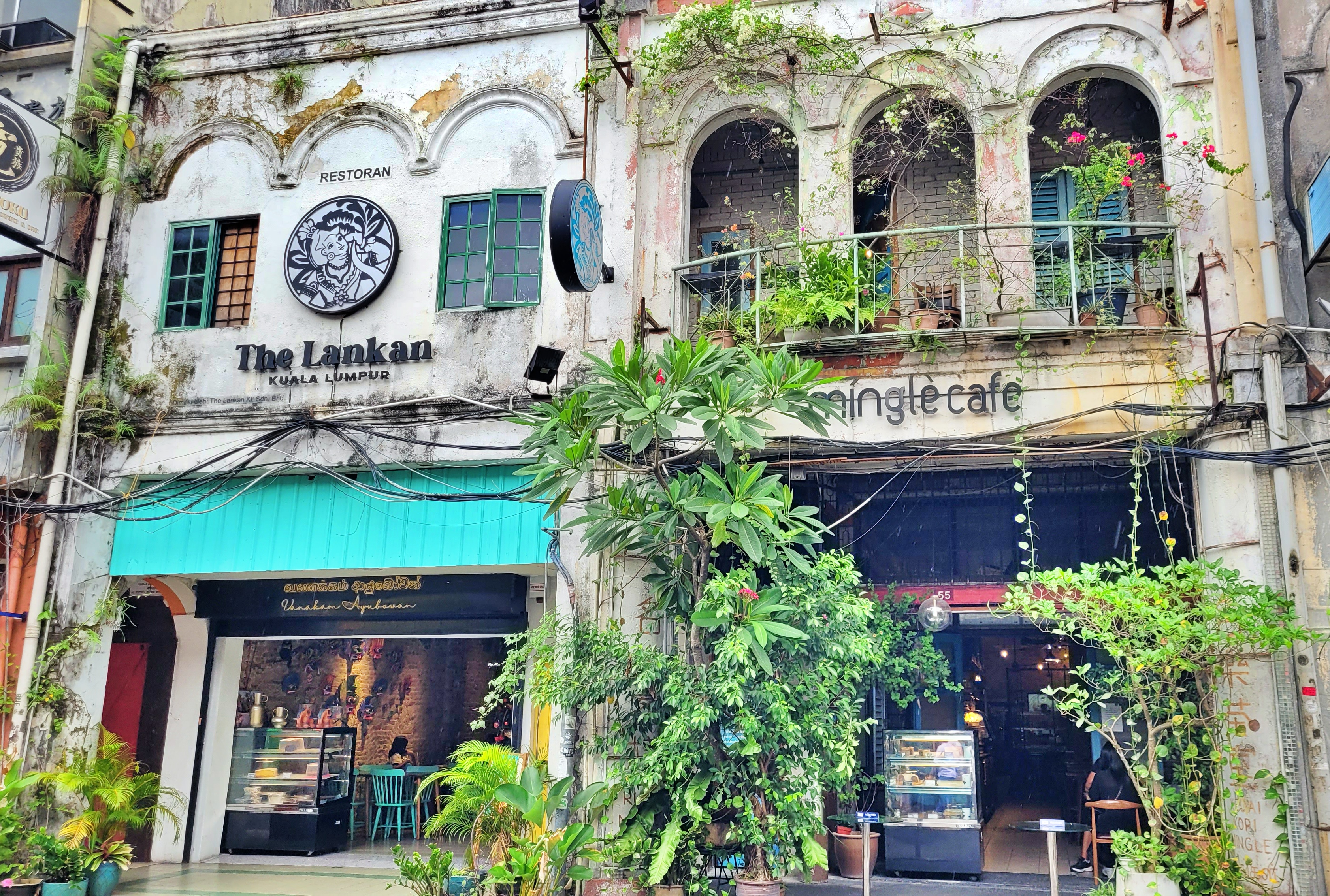
This is the first candy store in the area. Its displays of succulent desserts, cakes and sandwiches attract crowds of people eager to satisfy their sweet tooth.

BUBBLE BEE CAFE
The main attraction of this café is the egg waffles. At first, I tried to resist them. But the smell of them permeates the entire cafe. So I succumbed. 🙂



DA BAO
Da Bao is a funky Chinese restaurant and bar with a lively and modern atmosphere. It offers two floors and two entrances, and you can enter via Jalan Petaling just up the street from Hawker Chan or the back entrance from Kwai Chai Hong Lane. The lower floor has an open kitchen and it’s fun to watch the bao being pounded and steamed in bamboo baskets. Upstairs is more of a cocktail bar atmosphere with live music and the sound of shakers making cocktails all night long.

he restaurant concept is firmly based on bao. Hong Kong bao flour is light and fluffy, but filling at the same time. Baos are as big as a separate dish, so beware and order them calmly!


I ordered the Bao with pork jerky, which is a bitch. It’s so delicious and so unhealthy. I don’t even want to tell you it melts in your mouth. The sake braised pork belly winds through the thick bun and is complemented by roasted peanuts, preserved mustard greens, crispy pork fat and cilantro. It’s a delicious combination that pork lovers are sure to appreciate.

KNEDLES DIM SUM
However, I always look forward to the steamed dim sum dumplings, which are typical of Chinese cuisine.Traditionally, they are prepared on a bamboo steamer with a banana leaf on the bottom. There are many kinds of dumplings, they differ in filling and shape. The base is won ton dough, which is traditionally filled with meat, shrimp or vegetarian filling. The hot dumplings are then served with sauce – traditional soy sauce, hoisin sauce or sweet chilli sauce. Did you get a craving too?


LORONG PETALING
Close to Kwai Chai Hong is Lorong Petaling, where two beautiful murals by artist CO2 can be found. Both depict life in Kuala Lumpur in times gone by.





CENTRAL MARKET
If you love shopping, you’re in Kuala Lumpur. 🙂 You will be in paradise at the Central Market. You’ll find a wide range of local souvenirs, handicrafts, art and vintage clothing. Located in the Chinatown area, Central Market was originally a wet market from the late 1880s. However, after the building was renovated, the wet market moved to another location and the building became a venue for arts and crafts. Hence the name “Pasar Seni”, which is Malay for art market. Today, Central Market is one of the most visited tourist and local places in Kuala Lumpur, especially on weekends. So if you can, you better visit it on another day.




The market consists of a two-storey building, the ground floor of which houses mainly souvenir, antique and arts and crafts shops, while the second floor houses a snack corner, restaurants and clothing shops.



There are also plenty of souvenir shops inside the market. Tourists can choose from a variety of souvenirs, which often serve as a memento or gift. Just don’t buy a magnet like I did. Or buy one, but don’t take it with you on I always bring it with me from my travels.


Where the market is located: The Central Market is located along Jalan Hang Kasturi Street near Chinatown and Petaling Street. The market is open to the public for FREE with opening hours from 10:00am to 8:00pm (daily).

RIVER OF LIFE
One of the most striking pieces of street art in Kuala Lumpur is a large mural located near Masjid Jamek. The intricate mural depicts three men in a river surrounded by lush vegetation, with one of them trying to catch a fish. It may be a reflection of what the Klang River was before what it is now. Whatever the case, it is undoubtedly a wonderful addition to the city.






BOOKXCESS IN REXKL
Another very nice bookstore is BookXCess, located in a building that for decades housed a single-screen movie palace that served as a central location for the local community. Today, in addition to trendy restaurants and cafes, it’s home to the new outpost of the BookXcess bookstore empire. The area where the screen once stood serves as an exhibition space for public art and performances.

The bookstore boasts many secret corners and will make you feel like you’re in a maze.


The cinema has been transformed into a lifestyle centre, offering a variety of boutique shops on the mezzanine and first floor, a bookshop on the second floor and a range of modern retailers and cafes on the lower floor.


RexKL is located on Jalan Sultan 80 and directly opposite KFC.
TSUTAYA BOOKSTORE
Tsutaya Bookstore, which originated in Japan and is the first branch in Southeast Asia, offers a wide range of books through exclusive lifestyle-oriented shopping.

Known as “one of the most beautiful bookstores in the world”, Tsutaya Books aims to inspire and transform lifestyles with its “Cultivate Culture and Lifestyle” store concept.

o make matters worse, Tsutaya Books has an art gallery and café in its bookstore that allows customers to enjoy a bite as they immerse themselves in the myriad colours of creativity.


Address: WP KL, Lot 2.89.00, Level 2 Orange Zone, Pavilion Bukit Jalil, Persiaran Jalil Utama, Bandar Bukit Jalil, 57000 Kuala Lumpur
JUNK BOOK STORE
However, if you like antique shops, you must not miss Junk Book Store. It is the second largest antique store in Malaysia. This place has a super vintage vibe and is definitely worth a visit. The three-storey bookstore, which has been in operation since 1990, is owned by Mr and Mrs Tan.


Upon entering the shop, the owners proudly display a certificate from the Malaysian Book of Records from 1998, awarding them the title of the largest antique shop in Malaysia.

This bookstore even has an upper floor that you can reach by taking the stairs. Every inch or every corner of this shop is filled with books. The best part is that you can find a lot of different books here, from comics to novels and much more! Whether you like books or not, you would definitely find something you would like here!

Adresa: 78, Jalan Tun H S Lee, City Centre, 50050 Kuala Lumpur, Wilayah Persekutuan Kuala Lumpur

BRICKFIELDS – LITTLE INDIA
Brickfields – this is the name of the place where a brick factory was once located at the end of the 19th century, where clay was mined and fired into bricks. For a long time, Tamils from India and Sri Lanka lived in the district. The Indians were brought to the country to work when Malaysia was a British colony. They worked in the brickworks and in the nearby railway industry. In 2010, the city officially named it “Little India” in an effort to attract more tourists. Most are Hindus, but there are also Muslims, Sikhs and Christians. It should be pointed out that the Malaysian government promotes a completely different concept of Islam than al-Qaeda. Freedom of religion is guaranteed in the country, and Muslims here are undoubtedly among the most moderate.

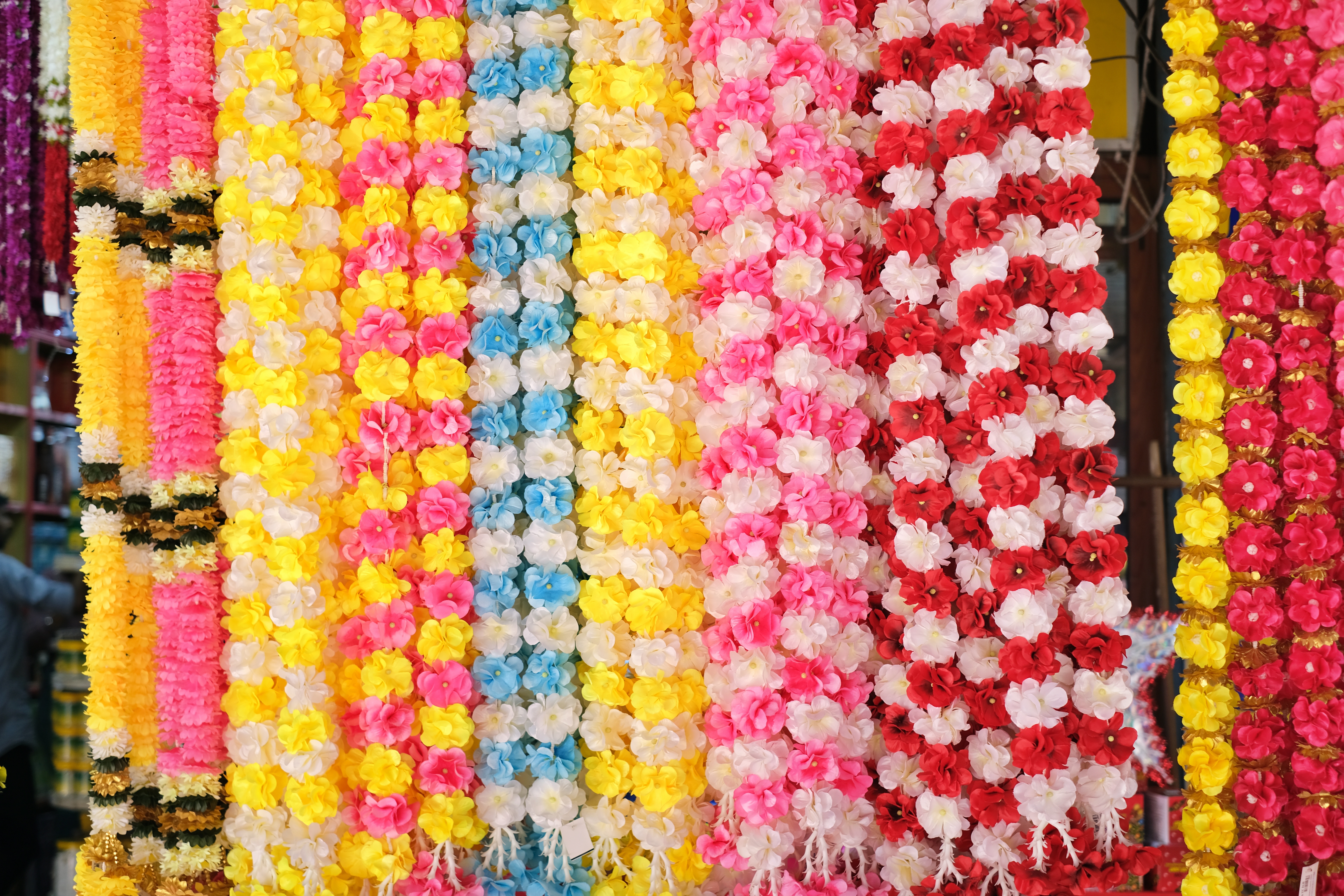


I, of course, enjoy browsing the women’s shops the most. The rich selection here is dominated by colourful fabrics and ornaments for women.





INDIAN CUISINE
And of course, when you’re in the Indian quarter, you have to try Indian cuisine. I like that a lot. My favorites are dosa and tandori chicken.

DOSA
The name “dosa” refers to the crispy, thin pancakes – pancakes made of savoury batter, made from rice and black lentils (urad). It is one of the typical dishes of South India. Dosa is most often filled with vegetables and eaten in the morning for breakfast and as a light snack. You can order dosa without anything or ‘Masala dosa’. Which is a dosa filled with a mixture. In this case it is potatoes, onions and various spices, an important part of which is mustard seed. Well you always get different bowls of sauce to go with it, which you then dip the dosa into.

TANDORI
Tandoori is not only the chicken with the aroma of cardamom, but also – and above all – the special oven in which the dish of the same name is prepared. The meat is marinated in yoghurt and it is the natural acidity of the yoghurt that increases the tenderness of the meat. The yoghurt also holds the most important thing on the chicken, namely the spices.



DURIAN, KING OF THE FOWL
You can also buy durian in the market in the Indian quarter and actually all over Asia. It’s called the king of fruits. Keep in mind, however, that they won’t let you into the hotel or on the bus with this king. It looks like a big ball with spines. On average, it weighs between one and three kilograms. Its pith is bright yellow and it has a very strong and specific odour. Its consistency on the tongue is pleasantly creamy and it has a bitter-sweet taste. Some say it resembles almonds and vanilla pudding. Well, I don’t know. 🙂



BATU CAVES
If you want to experience something truly Indian you can’t leave Kuala Lumpur without visiting the most famous Hindu cave shrine, Batu Caves. And as it happens, if it is a famous place, it will be crowded. A lot of influencers go very early in the morning to avoid the crowds and take pictures on the empty staircase. Honestly I find it strange because it misses out on the real atmosphere.

There is a steep rainbow staircase leading up to the sanctuary and combined with the high humidity and 30°C heat, it’s not a hit. There are 272 steps and every time I went up I wondered when I was going to have a heart attack. I finally know what a water fountain watch looks like. 🙂 It’s worth it when you get to the top though. You can enjoy the view of the city.
I admit I was too scared to go up here because the last time I was here, there were macaques sitting on every step. They were totally drunk and taking people’s food. I didn’t see one now. The big attraction though are the pigeons that everyone takes pictures with and feeds them.


The caves are huge and have a large opening from which some Hindu temples and deities can be seen. There are also several Hindu temples in the vicinity of the Batu Caves, including Sri Anjaneyar Temple, Sri Subramaniar Swarma Temple and Sri Venkatajalapathi Temple.


You will also find other temples dedicated to different deities.



Batu Caves are famous for their huge golden statue of Arulmigu Murugan.

How to get here and what to expect: Entrance to the Batu Caves, located at the last train station of the KTM Pulau Sebang line, is FREE except for the cave villa and the dark cave. Opening hours are from 7am to 9pm (daily). Also count on the fact that you are going to the temple, hence you need to keep your knees and shoulders covered. If you come in just shorts, they will sell you a sarong.
Kuala Lumpur is one of my heartthrobs in Asia. I love coming back and discovering something new every time. It’s just a place that has gotten under my skin. And when I close my eyes, sometimes on winter evenings I imagine how nice it is there.
If you liked my article, I would be glad for a nice comment. I would also like to invite you to join me on Instagram a Facebook.

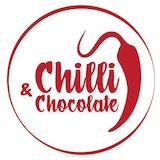

Love all the photos! Such great information.